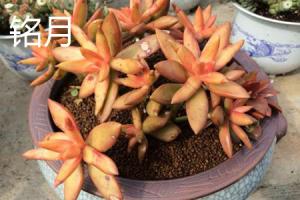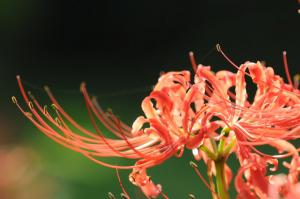Which Plants Absorb Water from Air
It is not only through their roots that plants absorb water, but also through their leaves. In fact, there are specific plants that have adapted to absorb water from the air, which is also known as "atmospheric water." These plants are called epiphytes, and they are found in various tropical and subtropical regions around the world.
What are Epiphytes?
Epiphytes are a type of plant that grows on the surface of other plants, typically on their branches and trunks. They do not have roots that extend into the soil; instead, they rely on the moisture and nutrients found in the air and the debris that accumulates around them. This adaptation allows epiphytes to survive in environments where there is little to no soil. It also enables them to thrive in areas with high humidity, where atmospheric water is more abundant.
Examples of Epiphytes
There are many different types of epiphytes, each with its own unique adaptation. Here are a few examples of epiphytes and how they absorb water from the air:
Bromeliads: These plants have a rosette of leaves that traps water, creating a reservoir which they use to absorb moisture through structures called trichomes. Some bromeliads also have a type of root called an "atmospheric root," which can absorb moisture from the air.
Orchids: Orchids are perhaps the most well-known epiphytes. They have specialized roots that can absorb water and nutrients from the air, as well as from the debris that accumulates on their host plant. Some orchids also have a specialized structure called a "pseudobulb," which stores water and nutrients for the plant to use during dry periods.
Ferns: Many species of ferns are epiphytic, growing on the trunks and branches of trees. They have a unique adaptation where they grow "false roots" that are not used for absorption, but rather for anchoring the plant in place. Instead, they absorb moisture through their leaves, which are covered in structures called "scales" that trap water from the air.
How Epiphytes Benefit Their Host Plants
Epiphytes are not harmful to their host plants, and in fact, they can provide several benefits. Firstly, they do not compete with their host plant for nutrients, as they absorb everything they need from the air. Secondly, their presence can provide a habitat for other organisms such as insects, birds and small mammals. Thirdly, their growth can help to stabilize the branches of their host plant, making it less likely to break or fall during storms.
Conclusion
Epiphytes are truly remarkable plants that have adapted to survive in some of the harshest environments on earth. By absorbing water and nutrients from the air, they have found a way to thrive without relying on the soil. And while they may be small, they play an important role in the ecosystem, providing a home and resources for other organisms while also benefiting their host plants. So, the next time you encounter an epiphyte, take a moment to appreciate the unique and fascinating adaptation that allows it to survive and thrive.

 how many times do yo...
how many times do yo... how many planted tre...
how many planted tre... how many pine trees ...
how many pine trees ... how many pecan trees...
how many pecan trees... how many plants comp...
how many plants comp... how many plants can ...
how many plants can ... how many plants and ...
how many plants and ... how many pepper plan...
how many pepper plan...































